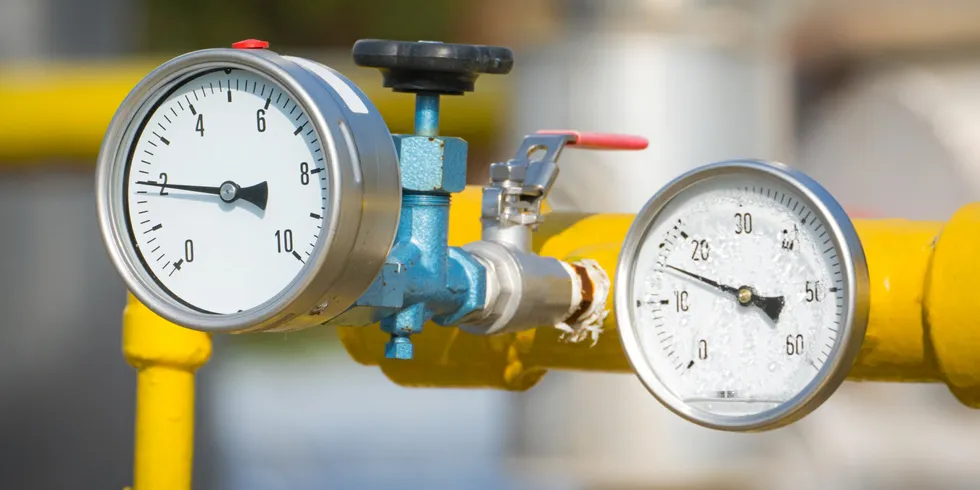Hydrogen blending in gas grid would lead to 'limited CO2 benefits and a large increase in energy costs': Irena
Adding green H2 to networks would equate to emissions abatement costs of more than $500 per tonne of carbon dioxide, study calculates

Adding green H2 to networks would equate to emissions abatement costs of more than $500 per tonne of carbon dioxide, study calculates
